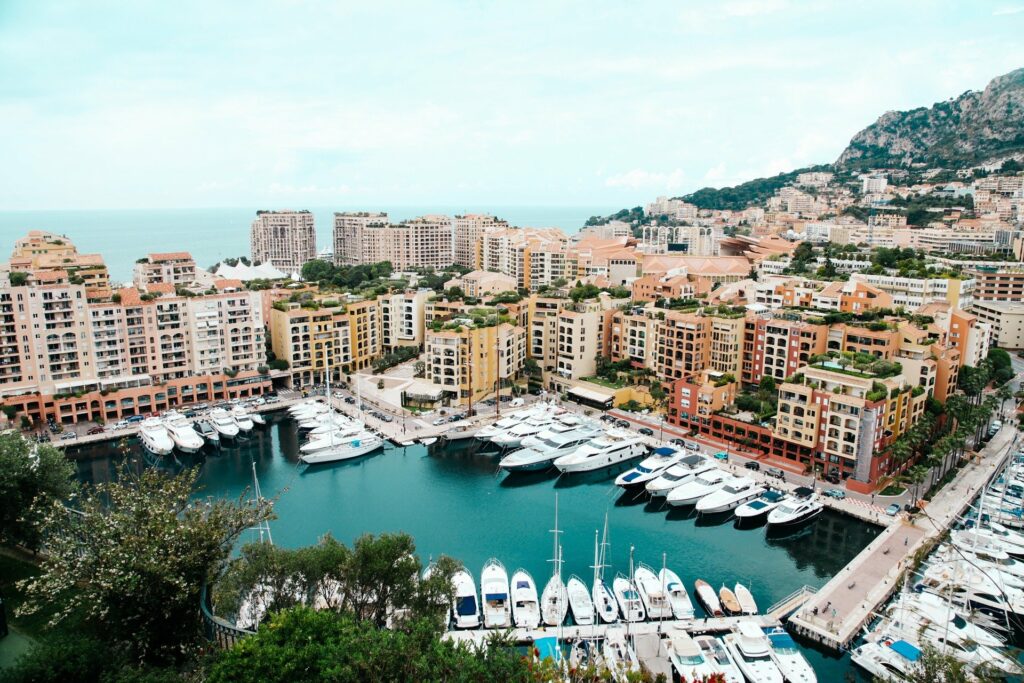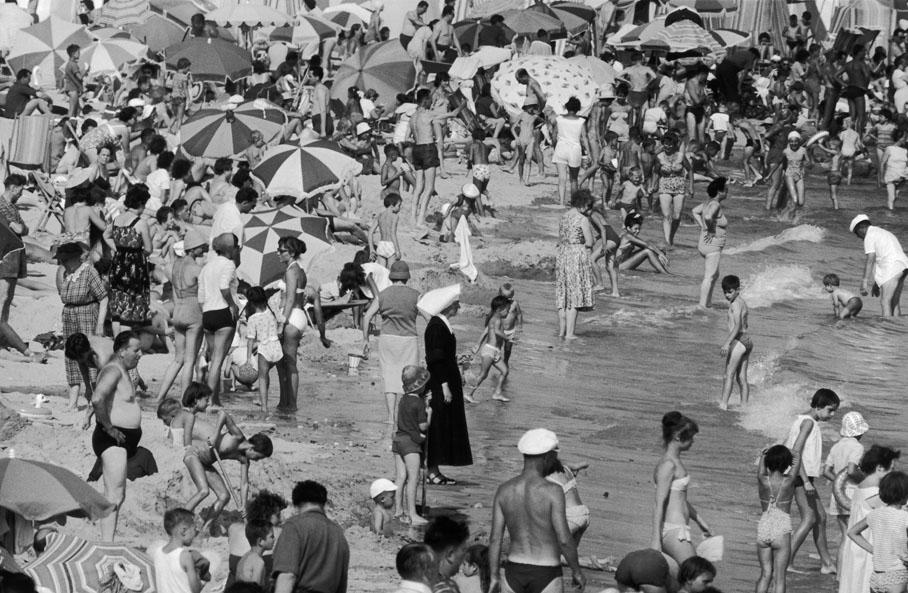Tourism with a capital “T” was invented by the British in the 18th century with the “Grand Tour”. A traditional trip to Europe undertaken mainly by the aristocratic elite, which is also the origin of the English word “tourist”. Tourist activities were mainly reserved for a handful of the population until the 19th century. The advent of the railroad precipitated the development of tourism, and France knew how to play its assets.
The beginnings of tourism in France.
Tourism in the modern sense of the term developed in the 19th century, notably with the creation of the first travel agency by Thomas Cook. From then on, France was the favorite destination of the first English tourists who travelled in large numbers to the “French Riviera“.
The beginnings of tourism in France through the seaside

In 1841, Thomas Cook created the first travel agency. 15 years later, he organized for British tourists the first tourist circuit through Europe. The British use the term “French riviera”, “riviera” which means in Italian “a region characterized by the rough contact of the sea and the mountains”.
Since 1830, the city of Hyères has become a tourist destination and a renowned winter health resort for thermal cures. It was frequented in particular by the English who left an architectural imprint that is still visible today. Nice is also very popular, with its famous Promenade des Anglais, which owes its name to the fact that the English make Nice their favorite winter resort.
If France is so popular for seaside tourism, it is because of its geography. Indeed, from Bray-Dunes (Franco-Belgian border), through Hendaye (Franco-Spanish border) and up to Menton (Franco-Italian border), 923 communes share the 5,533 kms of metropolitan coastline: 3,830 kms along the Channel and the Atlantic and 1,703 kms on the shores of the Mediterranean.
The development of the railroad in the 1850’s allowed the service of seaside resorts and spas. Tourism became more democratic in France during the 20th century. The paid vacations in 1936 are the first steps of mass tourism.
Major changes in French tourism
The 20th century brought many changes in tourism and the first of these upheavals were the first paid vacations in 1936, a social reform of the Popular Front led by Léon Blum. For the first time, the employees have 15 days of paid vacations: the summer holidays had just been created. These are the first crowds, the first souvenir photos, the first reports on the beaches…
The under-secretary of state for the organization of leisure activities, Léo Lagrange, sets up with the railway companies the popular annual vacation ticket called “Lagrange ticket”. It will allow a large number of the population to travel. With the end of the Second World War, 2 million Parisians travelled in 1947, 3 million in 1948, 4 in 1949 and 5 in 1951.

The increase in purchasing power, the multiplication of cars and the development of social tourism are at the dawn of mass tourism. The French created a vacation culture, adopting the codes and practices of tourism: having a good time!
In 1950, the first Club Méditerranée village opened in Alcúdia, a small fishing hamlet in the Balearic Islands. It was inaugurated at the heart of the second phase in the evolution of tourism: consumerism and the demand for dream vacations.
< Sur la plage, 1959. ROBERT DOISNEAU / GAMMA-RAPHO – France Info Culture
Tourism has changed a lot since the 1950s. The demand for travel being strong, the tourist industry proposes an increasingly abundant offer and invests in increasingly large hotel complexes to accommodate more and more tourists at the expense of the environment. Today, professionals are proposing other ways to travel. There is more and more talk of solidarity or fair tourism, of respect for the environment and the populations. The development of e-tourism since 1998 with the development of the Internet has contributed to the evolution of consumer behavior by making them more and more competent in their research, and therefore more and more informed.
France’s tourist assets
France, because of its geographical diversity, its history and its culture, has been the world’s leading tourist destination for years.
France, at the crossroads of Europe
Due to its geographical position, France occupies a crossroads in the heart of Europe, it is a territory of passage to go from north to south of Europe. It is at the heart of the European tourist market and is the entry point to Europe for European stays for international tourists.
Today, France is the most visited country in the world with over 89 million international tourist arrivals in 2018. It ranks third in the world in terms of revenue behind Spain and the United States of America with 55.5 million euros in 2018 (Ministry of Economy, Finance and Recovery). If France manages to stay so high in the world ranking, it is thanks to the eclecticism of its tourism proposal.
The richness of our cultural and natural heritage
France manages to keep the first place thanks to its diversity of geographical landscapes: sea, mountains, countryside, big cities… It has everything to please and can therefore offer all forms of tourism. This also explains the fact that many French people choose their country for their vacations.
For some years now, other forms of tourism have been developing, such as industrial tourism:
- Food, wine and spirits (60%)
- Arts and crafts (18%)
- The environment and energy (10%)
- The fashion and cosmetics sector (7%)
- Technological industries (5%)

This tourism allows a diversification of the offer of a territory and the creation of a new tourist sector in the field of leisure tourism and for business tourism, a great potential still little exploited. Through industrial tourism, we can find what has made France’s reputation: the richness of our oenogastronomic heritage, as well as our know-how in arts and crafts (especially in the luxury sector).
France also has a rich architectural heritage. Because of the richness and diversity of its heritage, 45 sites are classified as UNESCO World Heritage Sites (39 cultural properties, 5 natural properties and 1 mixed property). This makes France the 4th country with the most UNESCO listed sites (2019 source).
Paris attracts a lot of foreign tourists: more than 30 million per year! The city makes you dream, the architecture, the museums, the Eiffel Tower, without forgetting Disneyland Paris, all these places make Paris a major destination for European tourists.
